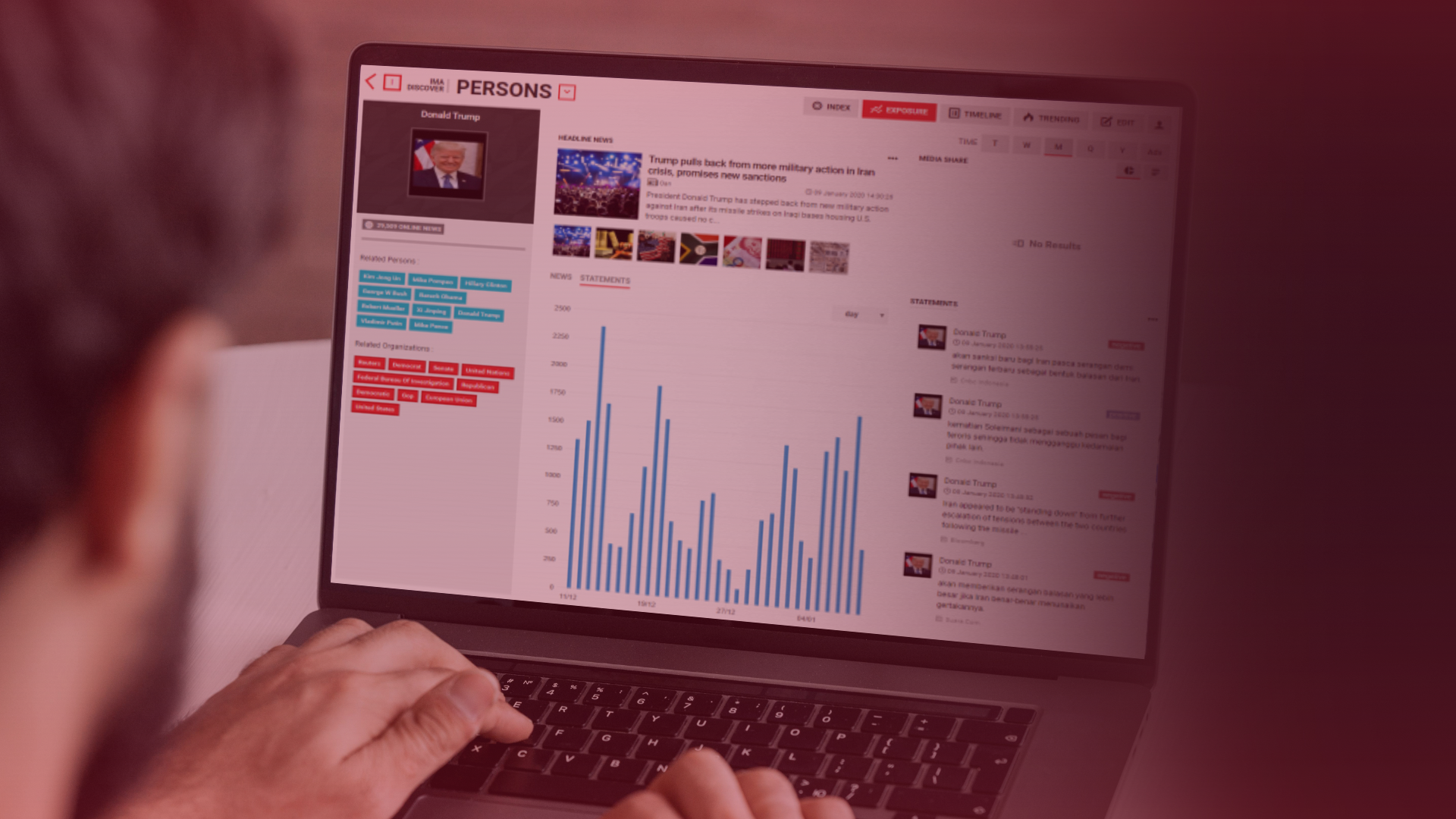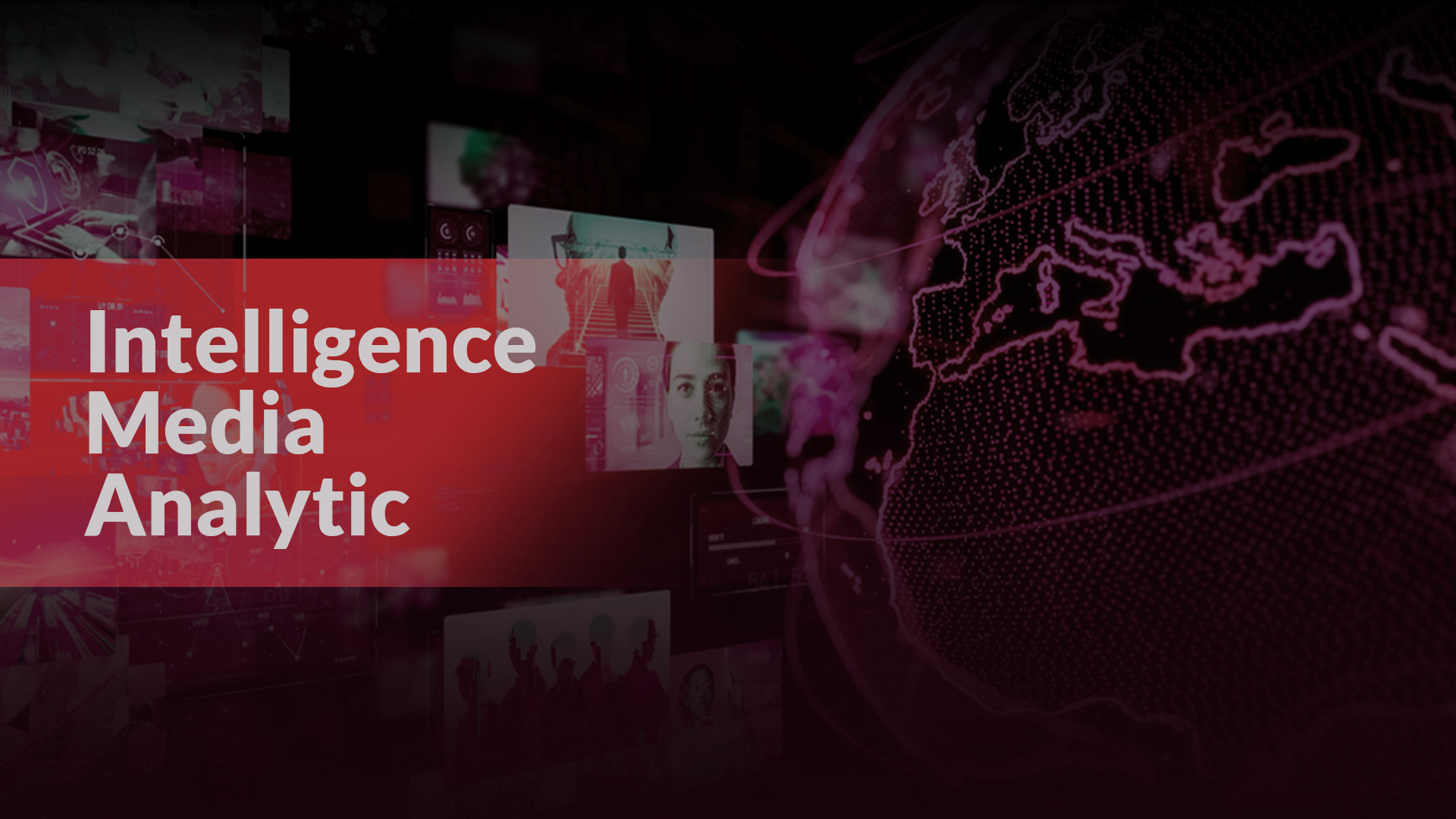In today’s fast-paced digital world, staying ahead of the competition requires more than just monitoring traditional media outlets. With the explosion of online content and social media platforms, businesses and organizations need to harness the power of intelligence media analytics to gain valuable insights into consumer behavior, market trends, and brand reputation.
Introduction to Intelligence Media Analytics

1. Defining intelligence media analytics:
Intelligence media analytics refers to the process of collecting, analyzing, and interpreting data from various media sources to extract meaningful insights. This includes traditional media such as newspapers and television, as well as digital platforms like social media, blogs, and online news sites.
2. Importance in today’s digital landscape:
In an era where information is constantly being generated and shared online, businesses need to have a deep understanding of how their brand is perceived, what topics are trending in their industry, and how their competitors are positioned. Intelligence media analytics provides the tools and techniques to gather this information in real time, enabling organizations to make informed decisions and stay ahead of the curve.
The Evolution of Media Analytics
1. Traditional media monitoring:
Historically, media monitoring involves manually scanning newspapers, magazines, and broadcast news to track mentions of a brand or topic. While this provided valuable insights, it was time-consuming and limited in scope.
2. The emergence of digital media analytics:
The rise of the internet and social media transformed the media landscape, leading to the development of digital media analytics tools. These platforms use algorithms to crawl the web, social media platforms, and other online sources to gather data on brand mentions, sentiment, and engagement.
3. Integration of artificial intelligence:
Recent advancements in artificial intelligence (AI) and machine learning have further revolutionized media analytics. AI-powered tools can analyze vast amounts of unstructured data, identify patterns and trends, and even predict future outcomes with a high degree of accuracy.
Key Components of Intelligence Media Analytics
1. Social media monitoring:
Social media platforms like Twitter, Facebook, and Instagram are rich sources of data for media analytics. By monitoring mentions, hashtags, and user interactions, businesses can gauge public sentiment, identify influencers, and track trends in real-time.
2. Sentiment analysis:
Sentiment analysis uses natural language processing (NLP) algorithms to determine the emotional tone of a piece of text. This allows organizations to understand how their brand is perceived online and identify potential PR crises before they escalate.
3. Image and video recognition:
With the proliferation of visual content online, image and video recognition technologies have become essential for media analytics. These tools can analyze images and videos to identify brand logos, products, and even emotions displayed by individuals.
4. Trend analysis:
Trend analysis involves tracking changes and patterns over time to identify emerging topics or shifts in consumer behavior. By analyzing historical data and monitoring real-time conversations, businesses can anticipate market trends and adapt their strategies accordingly.
Applications Across Industries
1. Marketing and advertising:
Intelligence media analytics helps marketers understand consumer preferences, identify influencers, and measure the impact of advertising campaigns across various channels.
2. Public relations:
PR professionals use media analytics to monitor brand mentions, track news coverage, and assess the effectiveness of their communication strategies.
3. Journalism and media organizations:
Media outlets use analytics tools to identify breaking news stories, track reader engagement, and optimize content distribution strategies.
4. Government and politics:
Political campaigns and government agencies leverage media analytics to gauge public opinion, track election trends, and detect misinformation.
5. Entertainment industry:
Film studios, record labels, and streaming platforms use media analytics to analyze audience reactions, identify emerging talent, and optimize content recommendations.
Benefits of Intelligence Media Analytics
1. Real-time insights:
One of the key benefits of intelligence media analytics is the ability to access real-time data on consumer behavior, market trends, and competitor activity. This allows organizations to make timely decisions and respond quickly to changing circumstances.
2. Competitive intelligence:
By monitoring competitor mentions and analyzing industry trends, businesses can gain valuable insights into their competitive landscape. This information can inform product development, marketing strategies, and pricing decisions.
3. Crisis management:
Intelligence media analytics tools can help organizations detect and mitigate PR crises before they escalate. By monitoring social media conversations and news coverage, businesses can identify potential issues and take proactive steps to address them.
4. Brand reputation management:
Maintaining a positive brand image is essential for long-term success. Intelligence media analytics allows organizations to track brand sentiment, identify areas for improvement, and respond effectively to customer feedback.
Challenges and Limitations
1. Data privacy concerns:
As organizations collect and analyze vast amounts of data, concerns about privacy and data security have become increasingly important. Businesses must ensure that they are complying with relevant regulations and implementing robust security measures to protect customer information.
2. Accuracy and reliability issues:
While AI-powered analytics tools can provide valuable insights, they are not infallible. Algorithms may produce inaccurate results or misinterpret data, leading to flawed conclusions. Organizations need to validate findings and exercise critical thinking when interpreting results.
3. Handling vast amounts of data:
The sheer volume of data generated by digital media can be overwhelming for organizations to process and analyze. Businesses need to invest in scalable infrastructure and data management solutions to effectively handle large datasets and extract meaningful insights.
Future Trends
1. Advancements in AI and machine learning:
As AI and machine learning technologies continue to evolve, we can expect to see even more sophisticated analytics tools capable of processing complex data sources and delivering actionable insights in real time.
2. Integration with other analytics tools:
Intelligence media analytics will become increasingly integrated with other analytics tools and platforms, allowing organizations to gain a more comprehensive understanding of their business performance and market dynamics.
3. Predictive analytics:
One of the most exciting developments in media analytics is the use of predictive analytics to forecast future trends and outcomes. By analyzing historical data and identifying patterns, businesses can make data-driven predictions about consumer behavior and market trends.
Best Practices for Implementing Intelligence Media Analytics
1. Setting clear objectives:
Before implementing intelligence media analytics, organizations should define clear objectives and key performance indicators (KPIs) to measure success. Whether it’s improving brand sentiment, increasing customer engagement, or tracking competitor activity, having a clear roadmap will guide decision-making and ensure alignment with business goals.
2. Choosing the right tools and platforms:
There are a wide variety of intelligence media analytics tools and platforms available, each with its strengths and capabilities. It’s important for organizations to carefully evaluate their needs and choose the tools that best align with their objectives, budget, and technical requirements.
3. Training and upskilling teams:
Successful implementation of intelligence media analytics requires more than just technology—it also requires skilled professionals who can interpret data, extract insights, and translate findings into actionable recommendations. Investing in training and upskilling employees is essential for maximizing the value of analytics investments.
4. Continuous monitoring and optimization:
Media analytics is not a one-time endeavor—it requires ongoing monitoring, analysis, and optimization to deliver value over the long term. Organizations should establish processes for regularly reviewing data, identifying areas for improvement, and adjusting strategies accordingly.
Ethical Considerations
1. Transparency and accountability:
Businesses must be transparent about how they collect, use, and analyze data, and ensure that they are complying with relevant regulations and industry standards. This includes obtaining consent from individuals before collecting their data and being upfront about how it will be used.
2. Bias in algorithms:
AI algorithms are not immune to bias, and there is a risk that they may perpetuate or exacerbate existing biases in data. Organizations need to carefully evaluate and mitigate bias in their analytics processes to ensure fair and equitable outcomes.
3. Impact on society:
The widespread use of intelligence media analytics has profound implications for society, including issues related to privacy, surveillance, and the spread of misinformation. Businesses have a responsibility to consider the broader social and ethical implications of their analytics practices and take steps to mitigate potential harm.
Conclusion
Intelligence media analytics is a powerful tool for gaining insights into consumer behavior, market trends, and brand reputation in today’s digital age. By leveraging advanced analytics techniques and AI-powered tools, organizations can unlock valuable insights that drive informed decision-making and fuel business growth.
Ready to take your media analytics to the next level? Request a demo from AIM Technologies today and see how our cutting-edge solutions can help you harness the power of data to achieve your business goals.
FAQs
What industries benefit the most from intelligence media analytics?
- Intelligence media analytics is beneficial across various industries, including marketing, public relations, journalism, government, and entertainment.
How does sentiment analysis work in media analytics?
- Sentiment analysis uses natural language processing algorithms to analyze the emotional tone of text data, helping organizations understand how their brand is perceived online.
Are there free tools available for media analytics?
- Yes, there are several free and open-source media analytics tools available, although they may have limitations compared to paid options.
Can intelligence media analytics predict future trends?
- While intelligence media analytics can provide valuable insights into current trends and patterns, predicting the future with certainty is challenging. However, predictive analytics techniques can help forecast future trends based on historical data.
How can businesses ensure data privacy when using media analytics tools?
- Businesses can ensure data privacy by implementing robust security measures, obtaining consent from individuals before collecting their data, and complying with relevant regulations such as GDPR and CCPA.




